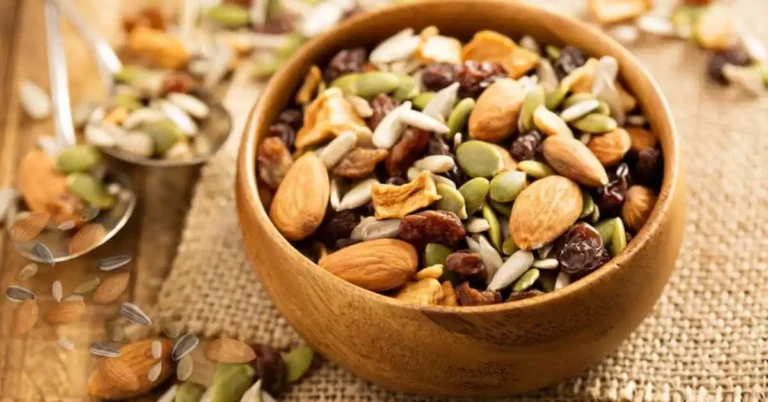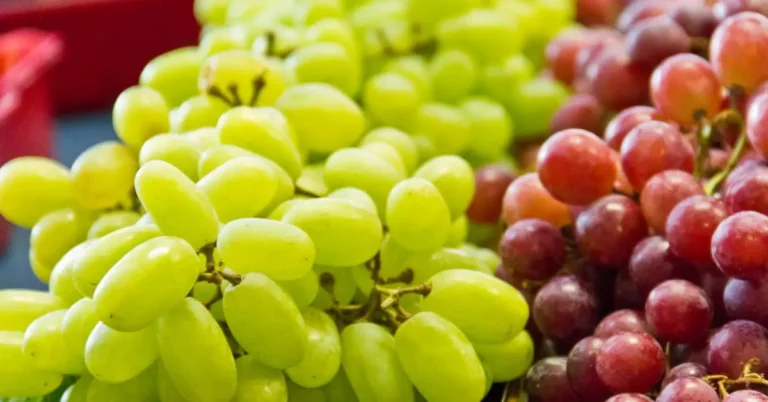Fruits That Start With C
When we think of fruits, the first ones that may come to mind are the common ones like apples, bananas, and strawberries. But did you know numerous fruits start with C? From tropical delicacies to everyday staples, there’s a wide range of options.
In this article, we’ll look closer at more than 8 fruits that start with C, their health benefits, and some frequently asked questions about them. So, let’s dive in and explore the juicy world of fruits that start with C.
10 Fruits That Start With C:
Here’s a list of fruits that start with C.
1. Cherries
Cherries are small, sweet, and vibrant red fruits often enjoyed as a snack or used in desserts. They are also a rich source of antioxidants and vitamin C, making them a great addition to a healthy diet. Some common types of cherries are Bing, Rainier, and Morello.
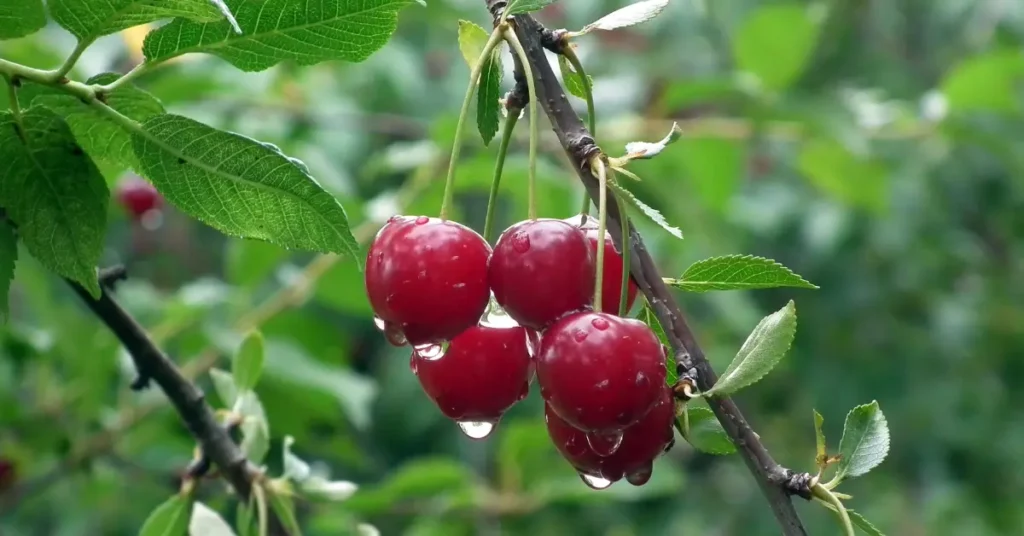
2. Cucumbers
While cucumbers may be commonly known as vegetables, they are technically classified as fruits. These refreshing and crunchy fruits are mostly composed of water, making them low in calories and a great option for hydration. They are also a good source of vitamin K and antioxidants.
3. Coconuts
Coconuts are often associated with tropical vacations and are the fruit of the coconut palm tree. They are known for their high-fat content, but it’s worth noting that the fat in coconuts is mostly made up of medium-chain triglycerides (MCTs), which are more easily metabolized by the body. Coconuts also contain fiber and minerals like potassium and iron.
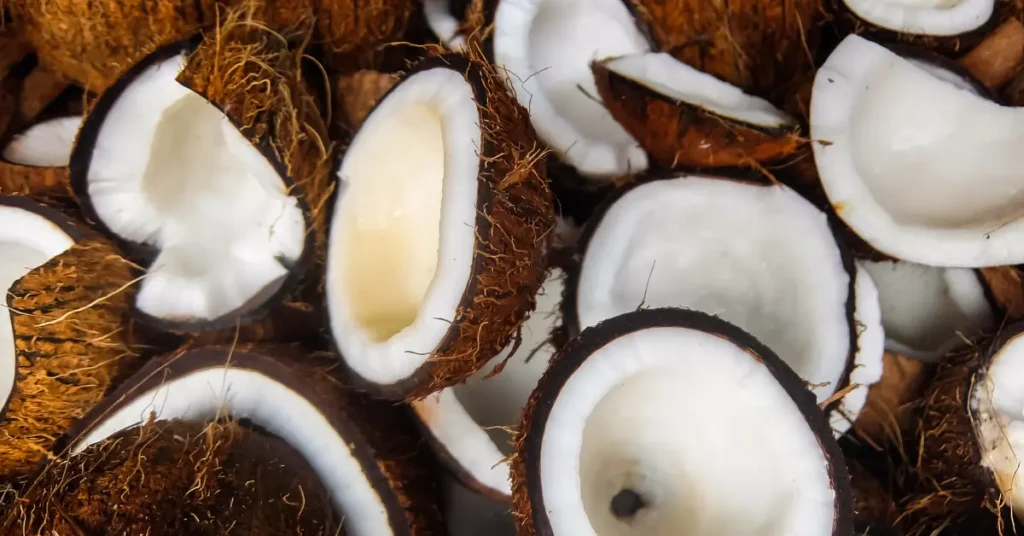
4. Clementine’s
Clementines are a type of mandarin orange that is seedless and easy to peel. They are packed with vitamin C and a quick, healthy snack option. Other types of mandarin oranges that fall under the fruit category are tangerines and satsumas.
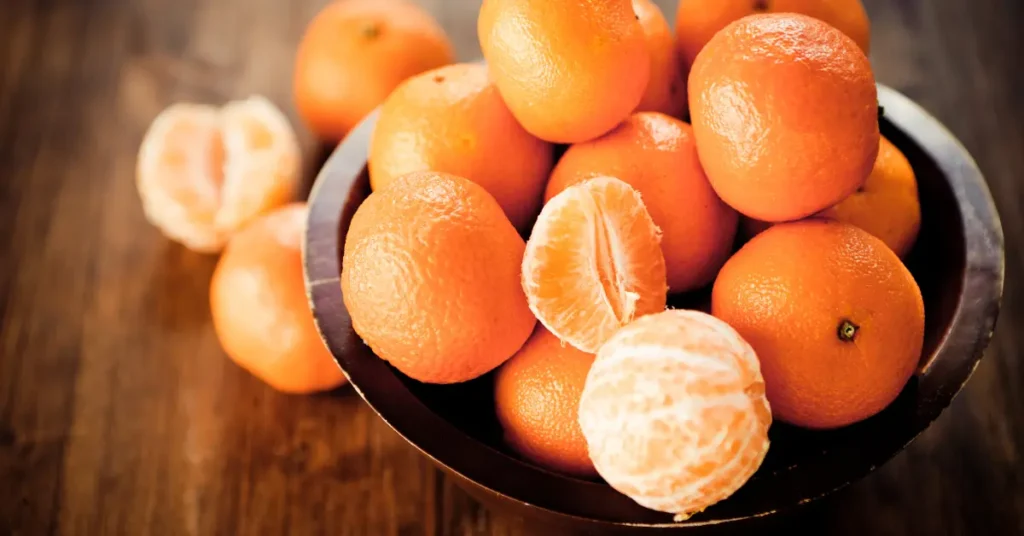
5. Cranberries
Cranberries are known for their tart taste and are commonly consumed during the holiday season. They are a rich source of antioxidants and may have potential health benefits, such as preventing urinary tract infections and promoting heart health.
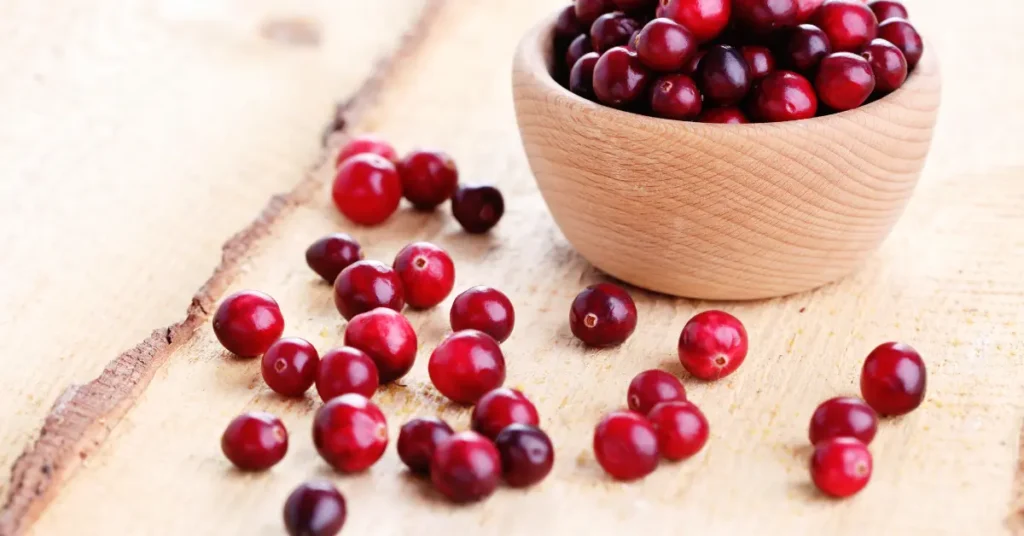
6. Cantaloupes
Cantaloupes are a type of melon with sweet and juicy flesh. They are loaded with vitamin A, essential for healthy vision, and contain potassium and vitamin C. These fruits make a delicious addition to fruit salads or can be enjoyed independently.

7. Cactus Pear
Also known as prickly pear, cactus pears are a cactus fruit popular in Mexican cuisine. They have a slightly sweet taste and are a good source of dietary fiber, making them great for digestion and promoting satiety.
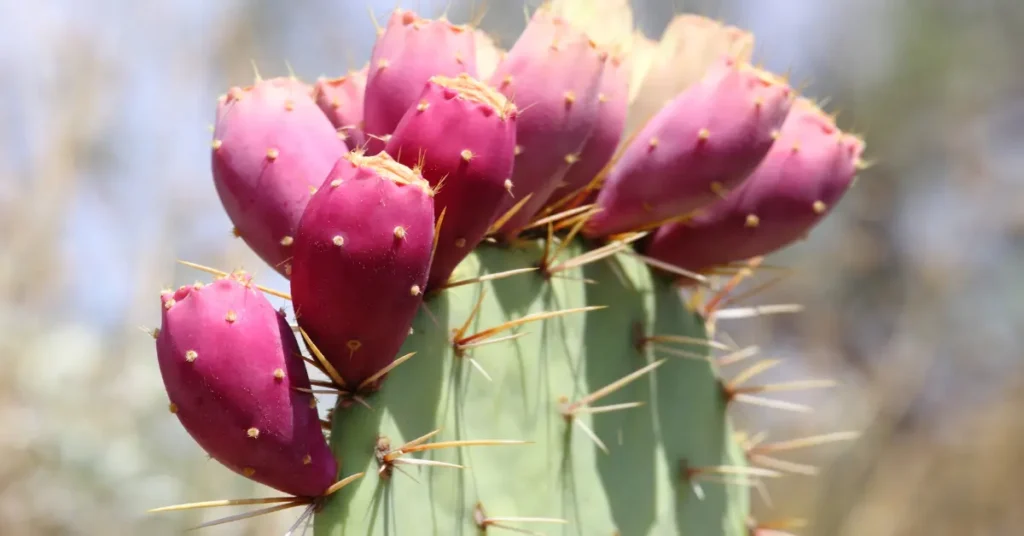
8. Crabapples
Crabapples are small, tart apples often used to make jellies or jams. They are rich in vitamin C and can also be enjoyed in their raw form. These fruits are a great option for those who prefer fruits with a sour taste.

9. Cassava
Cassava is a starchy root vegetable that is commonly used in cooking. It is a rich source of carbohydrates and can also provide small amounts of vitamins and minerals. However, it’s worth noting that cassava should be consumed in moderation due to its high-calorie content.
10. Cupuaçu
Cupuaçu is a tropical fruit that is native to South America. It has a creamy and slightly sour taste and is often used in desserts and juices. Cupuaçu is a good source of antioxidants and has potential health benefits, such as reducing inflammation and improving skin health.

Conclusion:
Fruits that start with C offer a wide range of textures and flavors, making them a delicious and nutritious addition to any diet. Numerous options exist, from the common cherry and cantaloupe to the more exotic cupuaçu and cactus pears. So, next time you’re at the grocery store or farmer’s market, consider trying new fruits that start with C and reap their health benefits.
FAQs :
1. Are there any fruits that start with C that are poisonous?
Yes, a few fruits start with the letter C that are poisonous if consumed in large quantities. These include cassava, crabapples, and cactus pears. It’s essential to consume all fruits in moderation and avoid eating any of them if you have an allergy or sensitivity to them.
2. Can I eat the skin of a cactus pear?
Yes, the skin of a cactus pear is edible, although it may have small thorns that need to be removed first. It’s also worth noting that the skin of a cactus pear is rich in fiber and nutrients, so eating it along with the flesh is recommended.
3. What is the difference between a tangerine and a clementine?
Tangerines and clementines are both mandarin oranges, but they have a few differences. Tangerines are larger and have slightly tougher skin than clementines. Moreover, tangerines may have seeds, whereas clementines are usually seedless.
4. Are coconuts good for weight loss?
Despite their high-fat content, coconuts can be a part of a healthy weight-loss diet when consumed in moderation. The MCTs in coconuts may help to increase feelings of fullness and boost metabolism.
5. Can cranberries be eaten raw?
Yes, cranberries can be eaten raw, but they are quite tart. They are commonly consumed in juices, dried form, or cooked in dishes with added sugar to balance their tartness.





